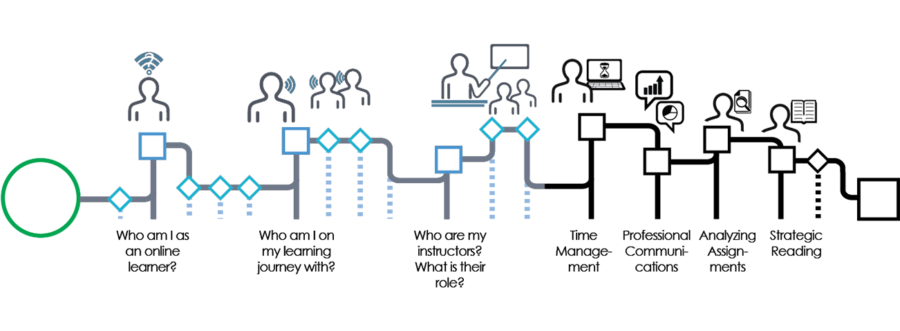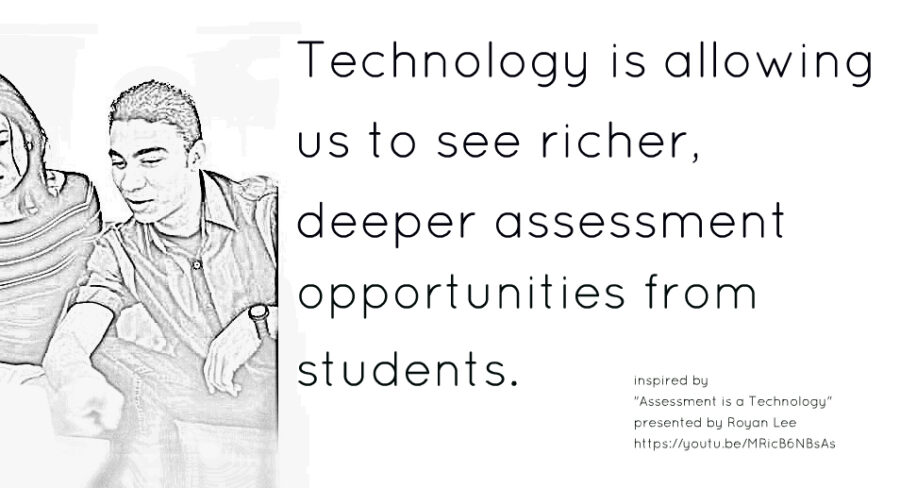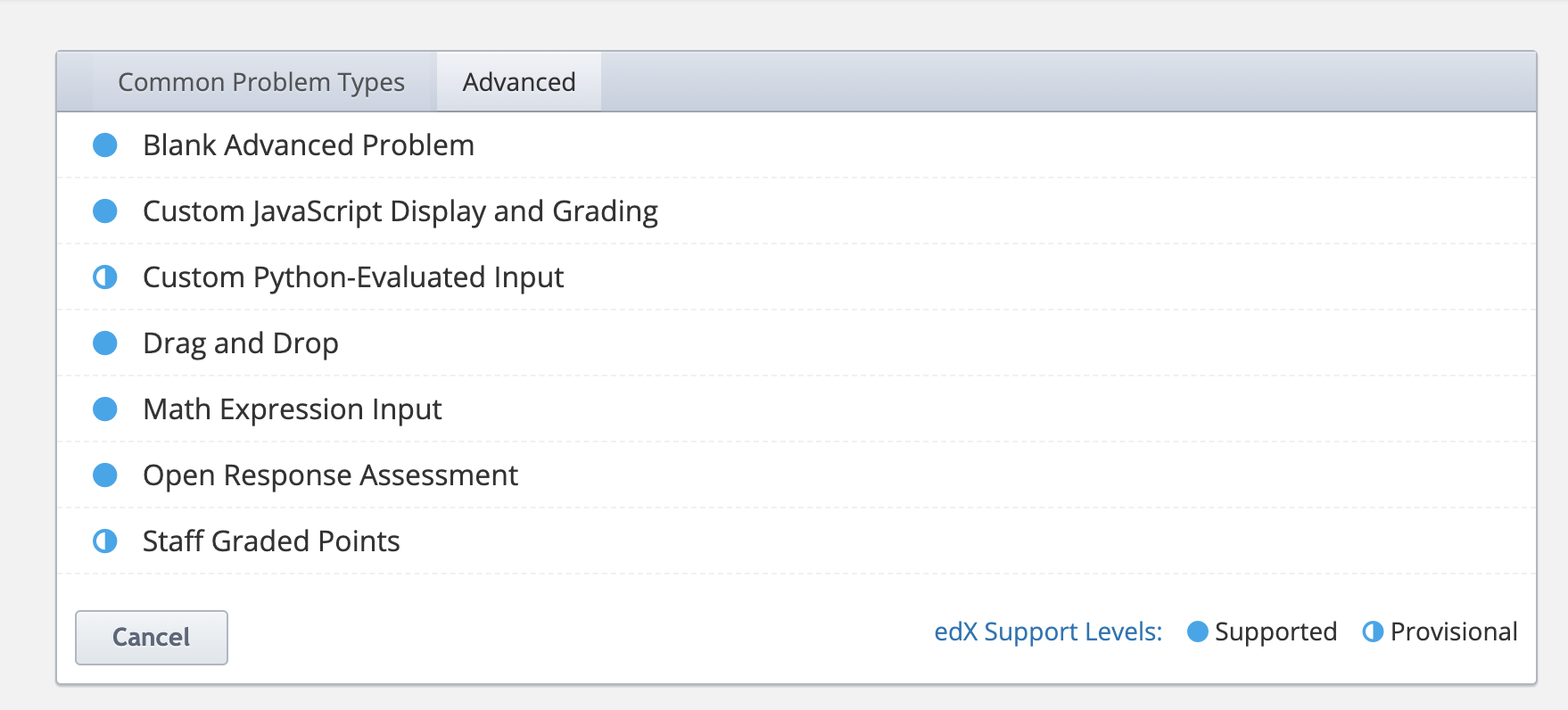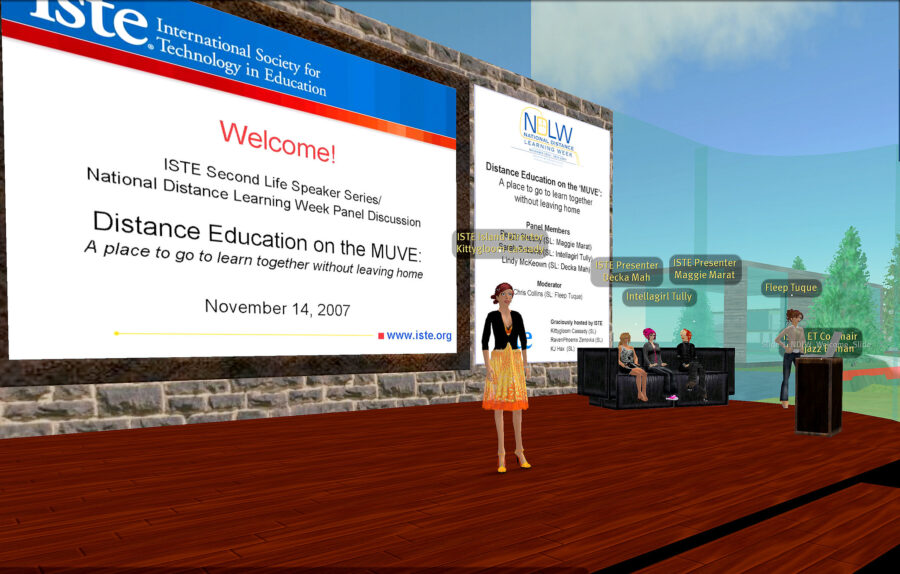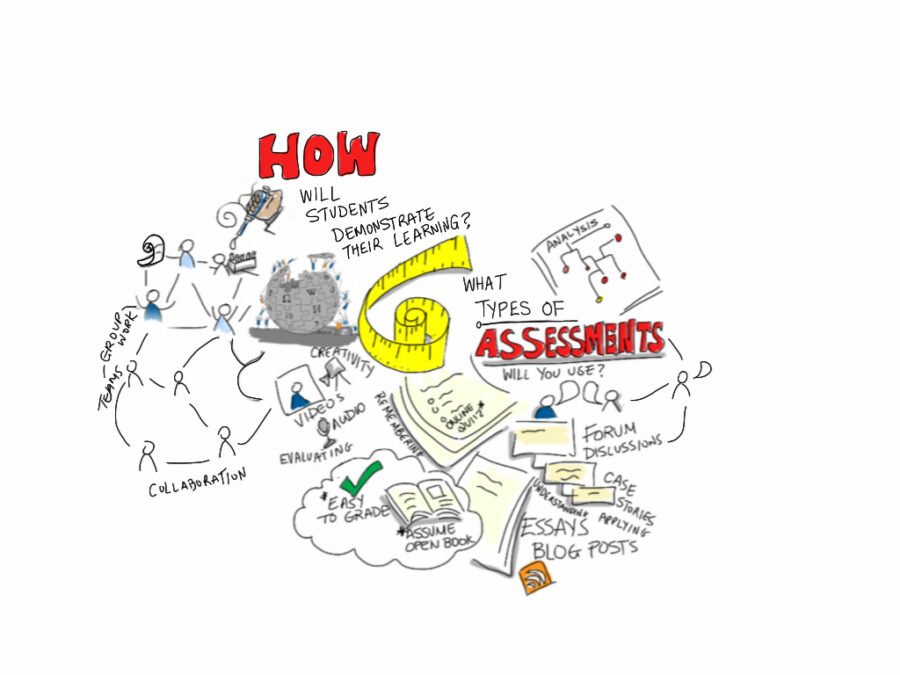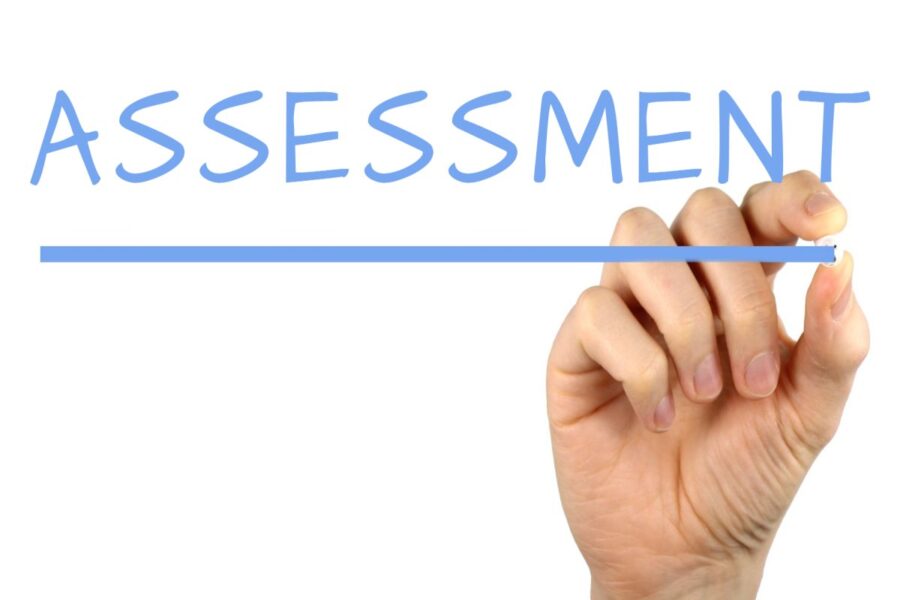Questions
- How does what we have learned in these first two modules impact your own teaching? If it doesn’t, discuss why.
- How does engaged teaching online complicate what we do as a university?
Comments
This comment makes a fair point about the need for some degree of standardisation across different instances of what is meant to be the same course:
What I learnt in Module 2
discussion posted 3 months ago by FumiKitagawaI have been teaching ‘on-line’ over the last four academic years. This Module was particularly useful to learn about how other academic staff do use the technologies and how to make choices. In particular it was interesting to hear some of them saying assyncronised mode works well. My students are mixture of ‘on-campus’ students across different Schools and ‘online distance’ learners. One size does not fit all, of course, but the teacher has to make a conscious choice to make the teaching experiences consistent across different coho
This comment raises important points about teachers and other university staff needing to become competent with the many forms of technology involved in online teaching, and also the expectations of students who are paying large sums of money for their education:
Looking back
discussion posted 3 months ago by vdaveyI am new to post and have yet to teach but the course has given me an excellent grounding and reassuringly it has dealt with a number of concerns that I have. I found the transactional distance and time management components particularly useful although the creativity discussions were less relevant for me; I have to get the basics right first. It is clear that my digital/IT skills are far behind where they should be but I knew that already!
As regards complicating the work of a University, as mentioned previously staff may feel pressure to be available for students and may struggle to switch off which will invite dissatisfaction and burnout. Universities may also struggle with their technological capabilities; Online students who commit to courses and pay hefty course fees may well become frustrated if an Institution’s IT systems fail to deliver and their earning experience suffers. Finally, in the rush to deliver on-line programmes quality may be diluted.
I also particularly liked this comment by one of my coursemates:
Reflection
discussion posted 3 months ago by anonymousThis course has been very interesting and I only wish I had more time to engage. As my first online course I have learnt a lot and/ or rather I also have many more questions on how things are done/ could be done. So it has helped guide me to think more about it and how I might try and incorporate a range of activities into online teaching but also be very aware of presence and inclusivity. The only complication I can imagine is with regards to workload and time… one video mentioned for every 1 hr in class on campus this equates to 4 hours online. Its a lot of work and that’s daunting.
I agree that to me, this module has really brought home the importance of teacher presence, and of the many considerations involved in inclusivity, and it has also been eye-opening about the potential risk of a lot more time being involved.

